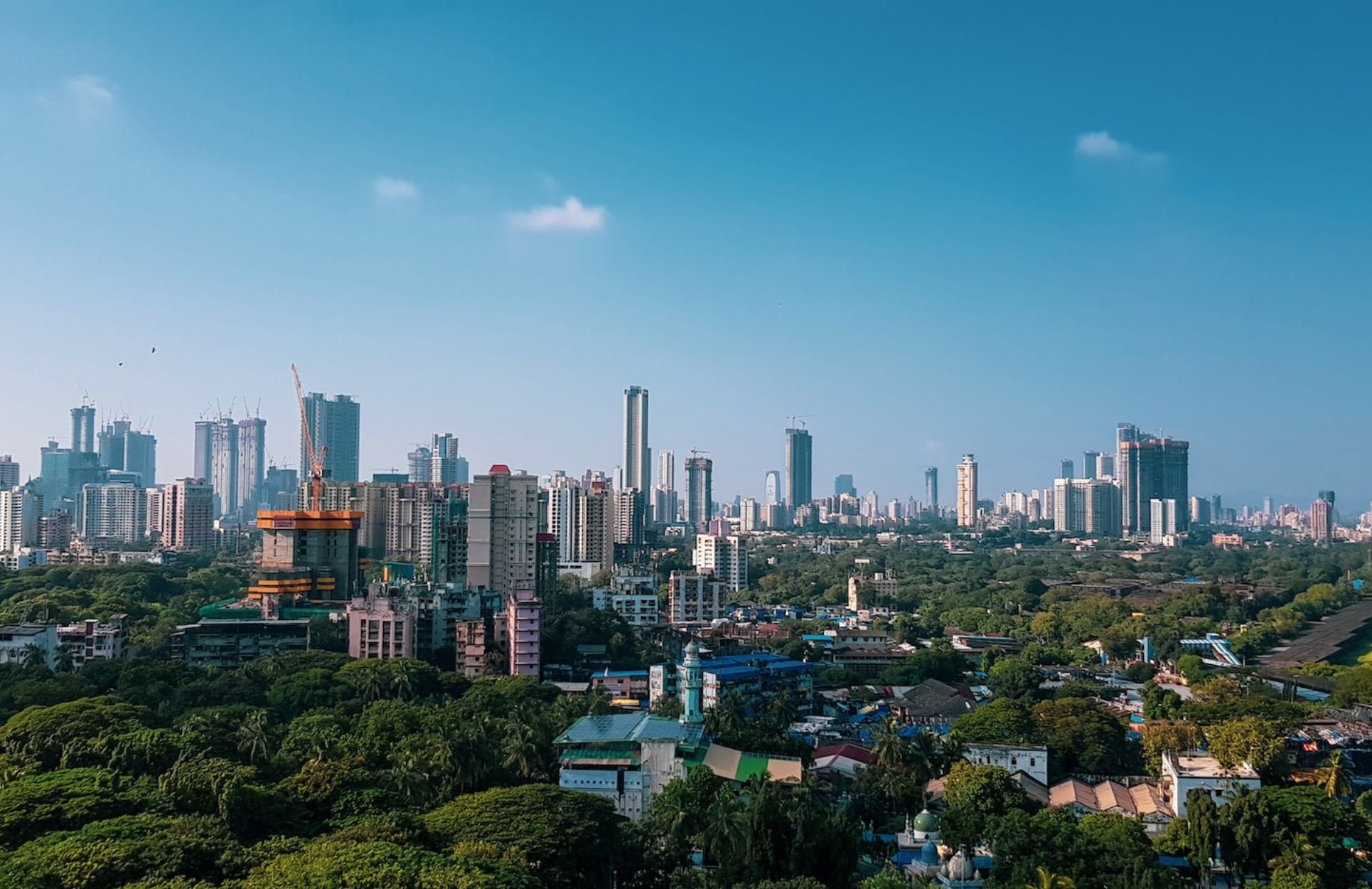 This is part 6 of a series of educational posts from the IFoA’s Climate Change Disclosures Working Party about climate reporting topics. Here we focus on India: current practices and a brief overview of things to come.
This is part 6 of a series of educational posts from the IFoA’s Climate Change Disclosures Working Party about climate reporting topics. Here we focus on India: current practices and a brief overview of things to come.
India has experienced increased number of weather-related events including floods, storms, droughts, and extreme heat waves. For example, landslides and major floods caused about 11 billion US dollars’ worth of damage in India over 2018 to 2019.
According to a report by India’s Ministry of Earth Sciences, the country’s average temperature has risen by around 0.7°C during 1901 to 2018. This rise in temperature is largely on account of greenhouse gas-induced warming. By the end of the 21st century, the average temperature in India is projected to rise by approximately 4.4°C (relative to the average over 1976 to 2005). As mentioned, there has been increase in frequency and severity of summer heat waves, tropical cyclones, local precipitation, and droughts.
Excluding the EU, India is the third largest emitter of greenhouse gases. India has set target to achieve net zero emissions by 2070.
On 25 January 2023, India issued sovereign green bonds worth 80 billion Indian rupees (about 980 million US dollars).
The Reserve Bank of India had in December 2007 advised banks to put in place a board-approved plan of action towards helping the cause of sustainable development. It brought out a discussion paper on climate risk and sustainable finance in July 2022.
The paper discusses:
The paper suggests Task Force on Climate-related Financial Disclosures (TCFD) recommendations can be considered as a reliable disclosure framework at the initial stage by reporting entities. This is on the belief that a common framework will facilitate consistency and comparability among such entities.
Reporting entities have an existing requirement to disclose information on material risks under their Pillar 3 disclosures (Basel III Capital Regulation). They may also develop an appropriate approach to disclosing climate-related information to enhance transparency. At a minimum, reporting entities may make climate-related disclosures aligned with TCFD recommendations. They may strive to work in line with these recommendations factoring in their unique circumstances.
India introduced ESG reporting requirements in 2012 (see: SEBI’s ESG Disclosure Requirements: Business Responsibility And Sustainability Reporting – A Obhan, V Patodia, mondaq.com). This was aimed at the top 1,000 listed companies by market capitalisation from fiscal year 2019 to 2020. The Securities and Exchange Board of India (SEBI) stipulates that the disclosure must be made through a new format, namely the Business Responsibility and Sustainability Report (BRSR), with BRSR reporting mandatory from fiscal year 2022 to 2023.
The BRSR framework aligns India’s sustainability reporting with other global standards (Global Reporting Initiative, Sustainability Accounting Standards Board, and TCFD). BRSR is a departure from the Business Responsibility Reporting format.
The BRSR is aimed at securing transparent and standardised disclosures by companies on their ESG parameters and sustainability-related risks. This approach is expected to help companies better demonstrate their sustainability objectives and position and performance to the market, resulting in long-term value creation and increasing the ability of investors to make informed ESG-related decisions.
BRSR disclosures can be grouped into 3 types: general, management and process, and principle-based. For more details, see SEBI’s guidance document.
Actuaries need to continue to monitor how climate-related risks are evolving in the country and how financial institutions are responding to recommended disclosure requirements by Reserve Bank of India and SEBI.
The Insurance Regulatory and Development Authority of India (IRDAI) has not come up with disclosure requirements for insurance companies. But it has acknowledged climate change is impacting insurers, where insurers are suggested to recognise climate risks in their risk assessment framework. IRDAI is working to bring risk-based capital requirements to India. Insurers should expect climate-related risk assessment and disclosure requirements to be part of it going forward.
On 11 April 2023, the Reserve Bank of India announced a framework for acceptance of green deposits to foster and develop the green finance ecosystem in the country. Expected in due course are guidelines on:
The bank is also setting up a dedicated webpage on its website to host all instructions, press releases, publications, speeches, and communication on climate risk and sustainable finance.
A green taxonomy is currently under development.
Below is a list of websites we hope you find useful:
Discussion paper on Climate Risk and Sustainable Finance
The Indian Business Responsibility and Sustainability Report (BRSR) explained - IBM (ibm.com)
BRSR reporting and the evolving ESG landscape in India - EY (ey.com)
What are your thoughts on the points raised in this article?
We would love to hear your views in the comments on the IFoA's Sustainability Finance Community LinkedIn page.
To find out more, visit: Sustainability: research working parties
The views expressed in this post are those of the individual authors, and not necessarily those of the Institute and Faculty of Actuaries or those of their employers. Information within this post is correct as at the date of writing (i.e. end of July 2023). Hence, there may be subsequent updates which are not reflected. Any reader should still reference the underlying legislation and standard, and should there be any conflict, the underlying information in the relevant standard or legislation supersedes any information presented in this post.